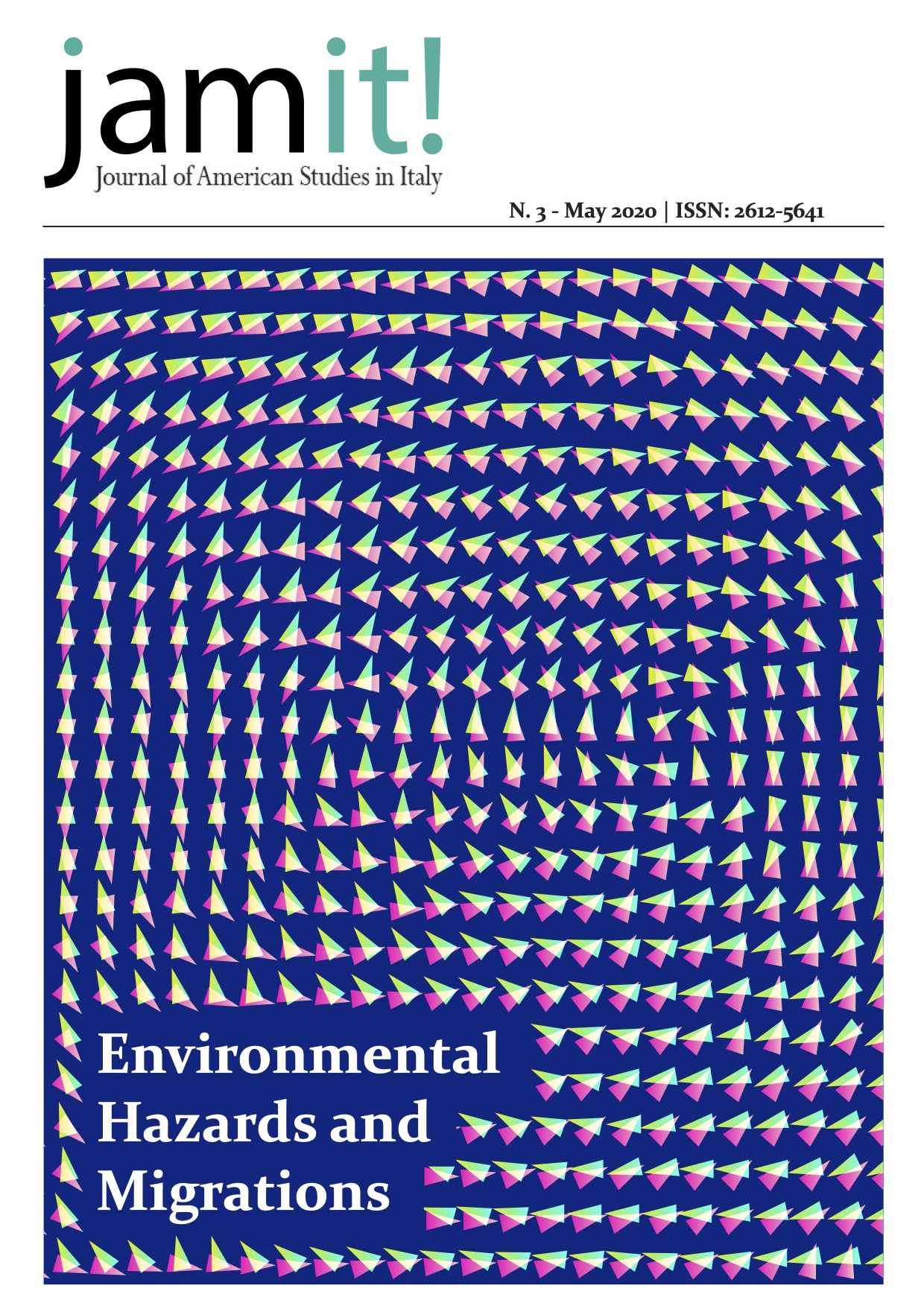“Understanding the Fabric of the Natural World.” The Role of the Collective Protagonist in Annie Proulx’s Barkskins
Abstract
Contemporary Anthropocene narratives often choose to engage with large scales of space and time. As a consequence, according to Ursula K. Heise, “the single protagonist may decrease in importance, since epic-style narratives over the last century have tended to shift the major narrative actants from individual human characters to collective and sometimes nonhuman actors.” Annie Proulx’s latest novel, Barkskins (2016), is a fitting example of this tendency. Despite its commitment to several human characters, Barkskins never forgets about the story of the forest, which in Proulx’s words is “the character, the underpinning of life.” In this essay, I will explore the role this multifaceted collective protagonist plays in Barkskins’ narrative. First, thanks to the many human characters at the center of the plot, the narrative can geographically and historically map people’s past and present movements across America, Europe, Asia, and Oceania, taking the timber business as an example of the technological and cultural development of capitalism in different parts of the world and its long-term effects. Second, the making of the forest and several indigenous people into central characters enriches and diversifies Proulx’s discussion of the human impact on the natural world. Finally, its twofold perspective on the actions of single human beings as well as the impact of humanity as a whole bring Barkskins to raise the question of individual/collective agency vis-à-vis the present environmental crisis.
Authors who publish with this journal agree to the following terms:
- Authors retain the copyright and full publishing rights for their submissions to the journal.
- Authors grant the journal right of first publication with the work simultaneously licensed under a Creative Commons Attribution-NonCommercial-NoDerivatives 4.0 International License that allows others to share unedited work for non-commercial purposes with an acknowledgement of the work's authorship and initial publication in this journal.
- Authors are able to enter into separate, additional contractual arrangements for the non-exclusive distribution of the journal's published version of the work (e.g., post it to an institutional repository or publish it in a book), with an acknowledgement of its initial publication in this journal.
- Authors are permitted and encouraged to post their work online (e.g., in institutional repositories or on their website) prior to and during the submission process, as it can lead to productive exchanges, as well as earlier and greater citation of published work (See The Effect of Open Access).



